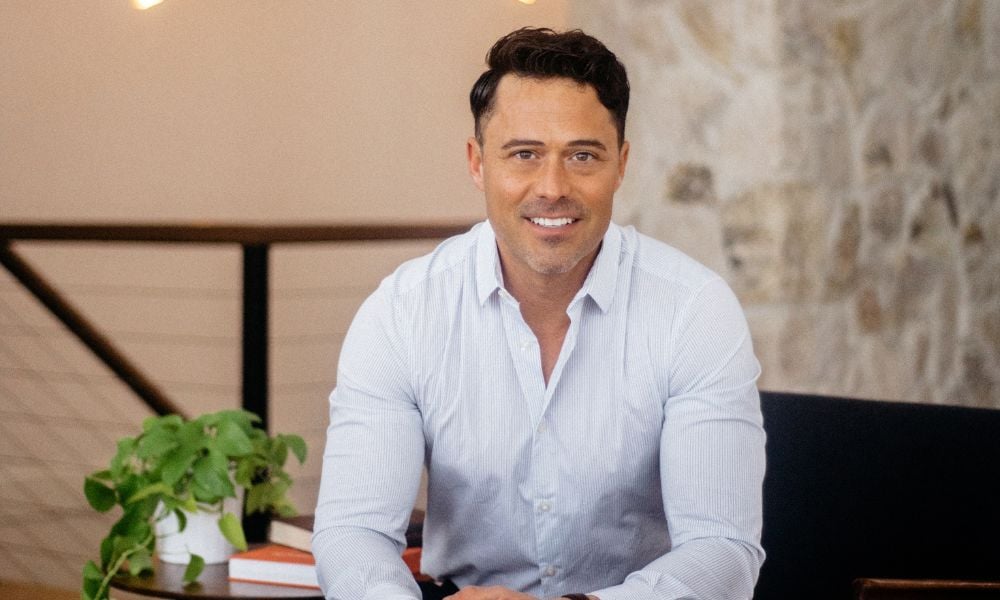Team-based organization is gaining ground among financial advisory firms – but is it making things better?
Citing recent statistics, a report on Financial Advisor IQ said that 55% of advisors are working in some form of team-based organization – which is a 25% jump from 2012. While team meetings are notoriously perceived as a waste of time, the right application of team dynamics can boost performance.
At Lee Financial, for example, they organize advisor teams composed of a senior planner, an associate planner, a senior portfolio manager and associate portfolio manager. Usually, after a client meeting, team members come together in a five- to ten-minute meeting – a ritual that allows for task management and team motivation.
The system also promotes better accountability, said Ben Shae, a financial planner for Lee Financial. “We know who’s taking on which tasks and we hold each other accountable. This works because no one wants to let a team member down,” said Shae.
Teams at Savant Capital, on the other hand, include a lead advisor, a second advisor, and a client concierge, all of whom support all clients. Other experts such as estate planners, attorneys, and investment researchers can also be pulled in, but the core team always operates within the same physical location.
“Collaboration comes very easily when we’re in one place,” said Gregory De Jong, a financial advisor for the firm. Despite what the old adage says about bringing in too many cooks, having different experts on board has resulted in good synergies in his experience. “For instance, I work with a younger advisor who is also a CPA and he will bring up tax insights during client meetings that would not have occurred to me.”
The team structure may also be adopted out of necessity because of a firm’s growth, as was the case for Fidato Group. “I started from scratch an RIA doing everything solo,” said CEO and Lead Advisor Tony D’Amico. “As we grew, it made sense to implement a team structure.”
The company currently has two advisors and an administrator serving each client. The arrangement has led to more proactive action among members, as well as diversification of services.
Familiarity is also important to the team dynamic, according to D’Amico. Every team holds weekly meetings to stay up to date on on key client-related elements, but he also depends on ad hoc meetings to personally stay in sync with individual team members.
“I want to know where my team members are professionally and personally so I can help them grow in the job,” he said. “I really believe that good team relationships, just like good client relationships, require ongoing connections and communications. I let my intuition tell me when it’s time to grab lunch and chat.”
Related stories:
4 tips for advisors to thrive in the current market
Report finds teams outperform solo advisors – every time
At Lee Financial, for example, they organize advisor teams composed of a senior planner, an associate planner, a senior portfolio manager and associate portfolio manager. Usually, after a client meeting, team members come together in a five- to ten-minute meeting – a ritual that allows for task management and team motivation.
The system also promotes better accountability, said Ben Shae, a financial planner for Lee Financial. “We know who’s taking on which tasks and we hold each other accountable. This works because no one wants to let a team member down,” said Shae.
Teams at Savant Capital, on the other hand, include a lead advisor, a second advisor, and a client concierge, all of whom support all clients. Other experts such as estate planners, attorneys, and investment researchers can also be pulled in, but the core team always operates within the same physical location.
“Collaboration comes very easily when we’re in one place,” said Gregory De Jong, a financial advisor for the firm. Despite what the old adage says about bringing in too many cooks, having different experts on board has resulted in good synergies in his experience. “For instance, I work with a younger advisor who is also a CPA and he will bring up tax insights during client meetings that would not have occurred to me.”
The team structure may also be adopted out of necessity because of a firm’s growth, as was the case for Fidato Group. “I started from scratch an RIA doing everything solo,” said CEO and Lead Advisor Tony D’Amico. “As we grew, it made sense to implement a team structure.”
The company currently has two advisors and an administrator serving each client. The arrangement has led to more proactive action among members, as well as diversification of services.
Familiarity is also important to the team dynamic, according to D’Amico. Every team holds weekly meetings to stay up to date on on key client-related elements, but he also depends on ad hoc meetings to personally stay in sync with individual team members.
“I want to know where my team members are professionally and personally so I can help them grow in the job,” he said. “I really believe that good team relationships, just like good client relationships, require ongoing connections and communications. I let my intuition tell me when it’s time to grab lunch and chat.”
Related stories:
4 tips for advisors to thrive in the current market
Report finds teams outperform solo advisors – every time



